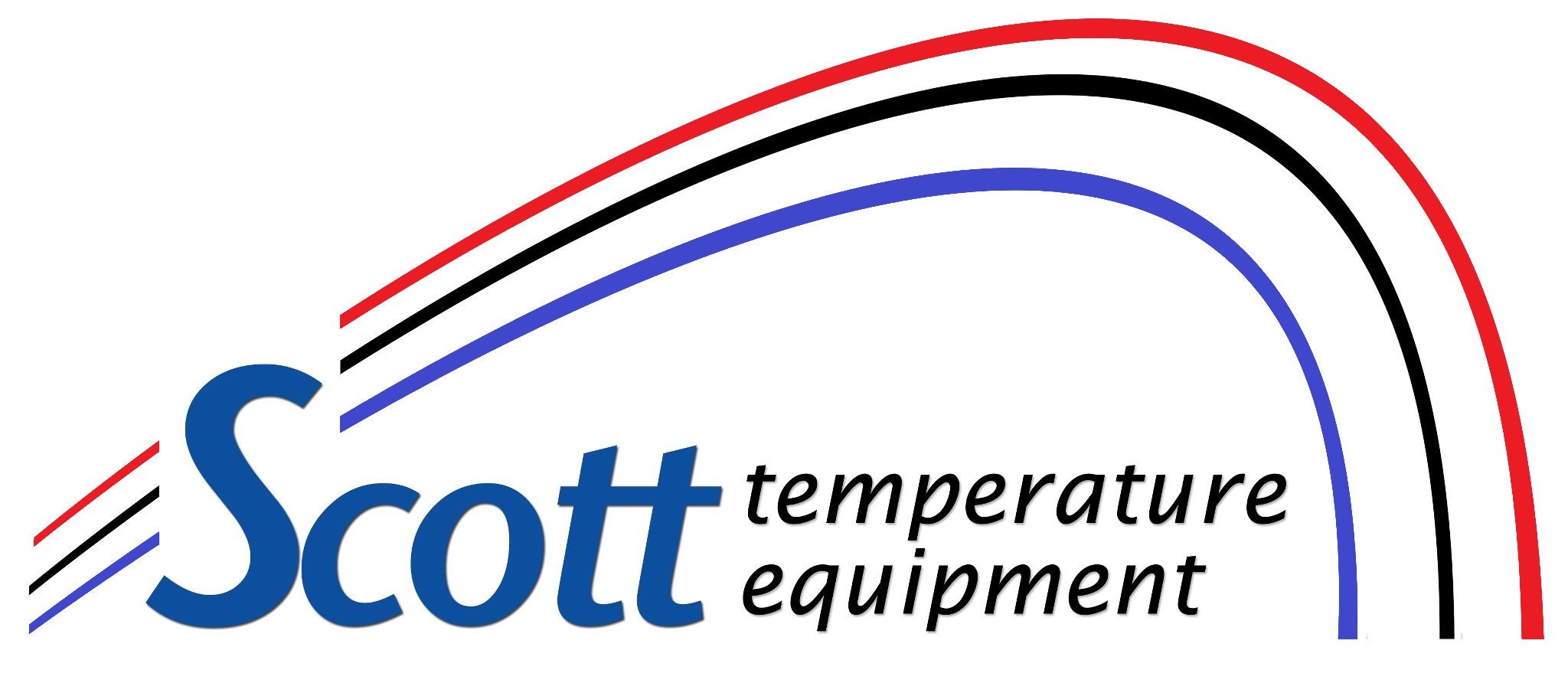
The Nest thermostat is one of the most popular smart thermostats you can get. And for good reason. It learns your temperature preferences and makes an energy-efficient schedule to match. And by geofencing with your phone, the Nest Learning Thermostat and Nest E are aware of when you’re at your residence or out and about and can raise and lower temps to help you save even more.
The Nest can be used with a wide range of 24-volt heating and cooling systems, but it’s always a wise idea to use the Nest thermostat compatibility checker before purchasing one. Don’t forget to check with your energy provider for valuable rebates, as you could be able to get a Nest for free or close to it.
Once you’ve confirmed it’s compatible, you can either hook it up yourself or hire a HVAC pro like Scott Temperature. If you’re putting it in without help, you’ll notice a terminal for the C-wire, or common wire. This wire is only used for powering your thermostat. If your residence or HVAC system is older, you might not have one of these wires. In most cases, Nest says this isn’t a problem because the thermostat can pull ample power from other heating and cooling wires.
Sometimes, your heating and cooling system might require that C-wire. And here’s why.
Why Your Nest Keeps Losing Power and Other Issues
The Google Nest Thermostat is a step up from outdated programmable thermostats that use a combination of wiring and AA batteries for power. It relies on a rechargeable lithium-ion battery and wiring to sync with Wi-Fi, power its digital display and operate your heating and cooling system.
8 Common Nest Thermostat Issues
If it can’t receive adequate power, Nest says you might have some of these issues:
- Bad battery life.
- Thermostat motion sensing is disabled.
- Your thermostat every now and then disconnects from Wi-Fi.
- Your system suddenly turns on or off, or won’t stop running.
- Your system is making weird noises, such as chattering, stuttering, clicking or thumping.
- Heating or cooling is short cycling, or frequently turning on and off in a short period of time.
- There is a delay notification on your Nest thermostat’s screen, such as “heating is delayed for 2:30 minutes.”
- The system fan is always on, won’t turn on or turns off and on rapidly in a short period of time.
You might believe something is up with your heating and cooling system, but if you just got the Nest, we recommend you check your thermostat first. This is especially true if the weather is temperate, and you haven’t been using your heat or air conditioning much.
Our Pros Can Resolve Nest Thermostat Problems
If you’ve attempted Nest thermostat troubleshooting without help but can’t fix the dilemma, a smart thermostat professional such as one from Scott Temperature can provide support. We can determine the issue and put in a C-wire, if required.
Smart thermostats such as the Nest are made to make your life simpler, through automatic energy-efficient programming and the ability to check temps while you’re out. It’s a time-consuming experience when yours won’t operate correctly, but our heating and cooling experts at Scott Temperature can fix the issue quickly.
If you’re running into atypical heating and cooling behavior with your new Nest, reach out to us at 785-269-0465 to book your appointment now.
